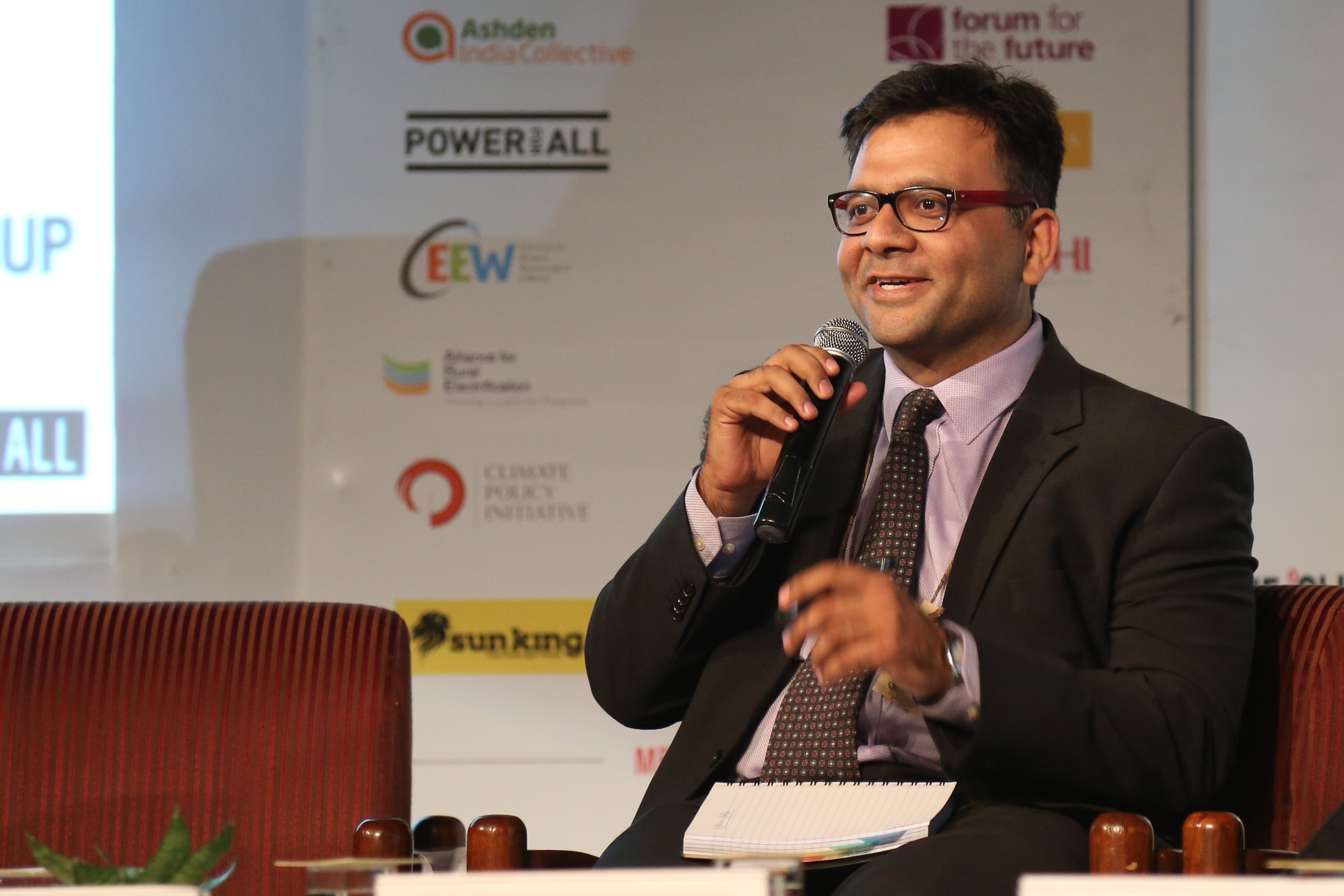'Utility must die’ spoke one of the industrial customers during a power quality session in Ranchi today and the others sitting in the audience encored and laughed. There was a glow in eyes of solar PV and storage solutions providers when they heard that most of the industrial units in the state are facing frequent, can be an understated word, power cuts, and brown-outs. No matter how sadist it may sound, storage solutions along with distributed generation is a quick remedy that might provide hope to the mineral-rich states and its ambitious entrepreneurs. The industrial units and the business enthusiast in the state are fighting all the odds to make a mark at the national and international levels.
To validate the claims, it was important to visit the industries in and around cities like Ranchi and Dhanbad. Interestingly, we found a refractory company paying heavy dues of diesel usage despite being a HT (High Tension/Voltage) customer. They are experiencing outages in a range of two to four hours every day. We also met an agro raw material producer who claims to find the voltage at his end going below 170 V almost every evening and he feels good about the days when he gets 16 hours of power supply. 16 hours supply in a state capital in 2019, did I say Central Africa?
Moving on, a mall owner in Dhanbad is upset with frequent outages and quarterly maintenance of his diesel gensets, which are operating over 1000 hours per year. And then a resort owner, who was quite optimistic about new property. Little did he know that training his staff in diesel genset operation was more important than training them in hospitality management. A furious and curious oxygen bottling company owner, was there with a hope of restarting his plant without grid supply as his business is dead with the current state of utility supply. And this list goes on and on.
How do you provide hope to a state which has lost hope on the improvement of the power supply? Honestly, if was very difficult to assure them ‘good days will come’. With storage solution cost hovering around $300 kWh and going south, there is a strong case for diesel usage optimization in the state. Another good news is that the industrial tariff in the state is just close to INR 6 per kWh, which means lower cost of charging the storage. With the technology still new to the market, can ESS providers take a risk of rental and ESCO contracts to demonstrate a few early cases? I am sure energy storage can flourish in this environment but the environment itself needs to change for the better good of all. Storage solutions providers need to act on it and promise what they have claimed on paper. We are sure they have an answer. Irrespective, whether utilities’ heath improves or deteriorates, a better scenario for Jharkhand might be just around the corner.










